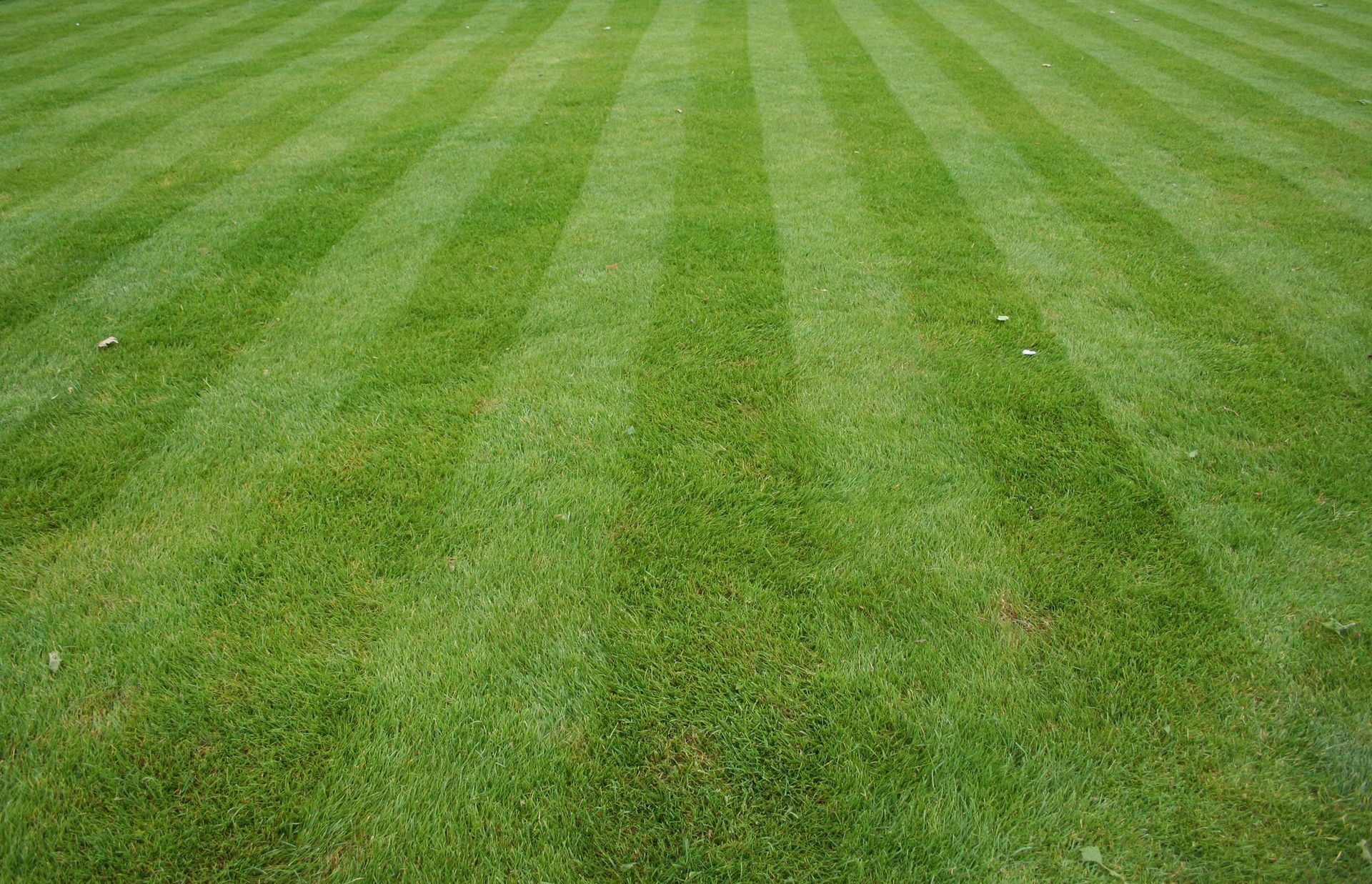Identifying and Addressing Spring Lawn Diseases: A Guide for Homeowners
Is your lawn looking spotty? Does the grass appear gray, yellow, or even red? Here are five common reasons for discoloration in the spring. While many issues stem from fungi, simply using antifungal solutions may not be the solution. In this blog, you will learn about the potential causes, symptoms, and effective strategies to restore your grass to its healthy state.
Recognizing and Treati ng Snow Mold
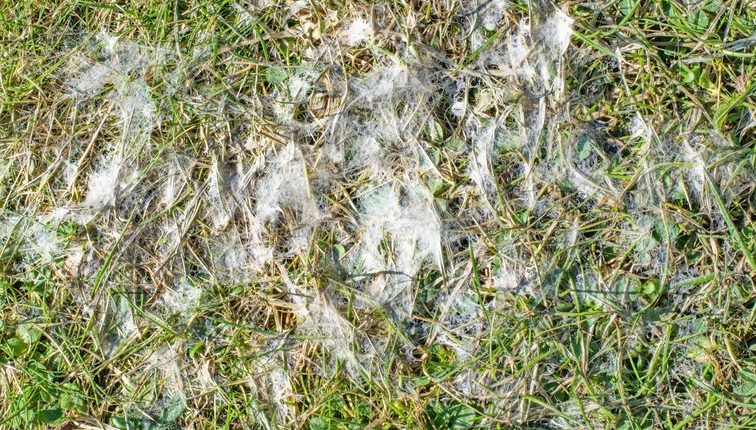
RED THREAD
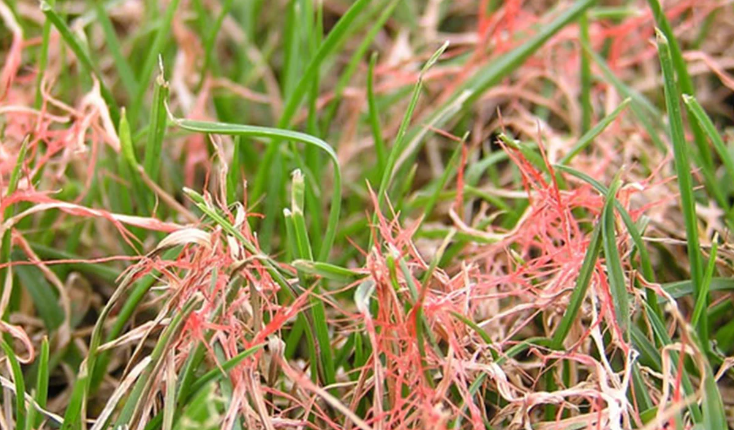
Red thread is a fungal disease caused by Laetisaria fuciformis that manifests as rust-colored patches on grass. This blight often targets grass that is stressed from factors such as low fertilization, inadequate sunlight, or drought. While red thread is commonly seen in spring due to its preference for cool, damp weather, it can also occur in the fall.
To effectively treat red thread, it is recommended to collect clippings during active infection to prevent the spread of the fungus. In order to prevent future outbreaks of red thread in your lawn, ensure that nitrogen and potassium levels are adequately balanced and optimized.
Fairy Rings Unveiled
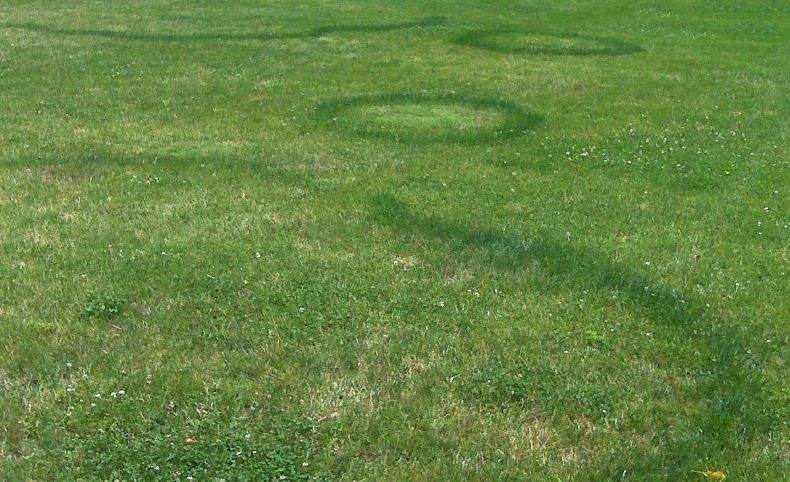
Fairy rings are a common lawn disease caused by a fungus that manifests as rings of mushrooms, emerald circles, or arcs of dead grass surrounded by darker green grass. This fungal growth is typically fueled by excess thatch and prefers warm, wet conditions, making it a common issue in the spring but can occur at any time.
When treating fairy rings, it is important to refrain from using anti-fungal treatments as they are not effective. Instead, you can mask the appearance of fairy rings by carefully applying fertilizer to the lighter grass within the affected area and ensuring consistent watering to prevent drying out. To prevent fairy rings from occurring in the future, it is advisable to regularly remove thatch and aerate your lawn.
NECROTIC RING SPOT
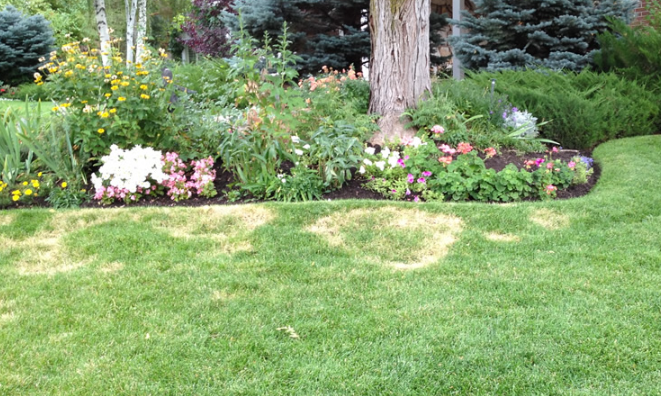
Necrotic ring spot, also known as ring spot, is a fungus identified as Ophiosphaerella korrae that commonly affects Kentucky bluegrass and creeping red fescue. This spring lawn disease tends to emerge when the weather transitions from cool and wet to hot and dry conditions, particularly in compacted soils.
Symptoms of necrotic ring spot include large circles of discolored grass with healthy green grass in the center, initially appearing as bronze and later fading to a straw color. This distinctive pattern is referred to as the "frog eye" effect and is often found in newly sodded lawns due to the fungus's preference for compact soil.
To treat necrotic ring spot, it is essential to address soil compaction, improve drainage, and maintain proper fertility to prevent the disease. Additionally, reducing lawn stress through consistent watering and adjusting mowing height can help manage the issue. If necessary, fungicides can be used as a last resort.
Unveiling the Common Causes of Spring Lawn Diseases
Winter can take a toll on our lawns, as the unpredictable weather and fluctuating moisture levels can cause grass to become stressed and prone to fungal infections. There are several factors that can increase the vulnerability of your lawn to disease.
Fungi thrive in wet environments, so excess moisture and debris, such as leaves, that trap moisture in the grass can create conditions conducive to fungal diseases. To reduce moisture and prevent fungal infections, it is important to clear fall debris before snowfall and redistribute snowdrifts in your lawn to promote proper drainage.
In addition to moisture, an imbalance in nitrogen levels can also promote fungal growth. To prevent fungal infections, avoid fertilizing your lawn after the last frost and ensure proper timing of the first fertilization, based on your location and grass type.
By being aware of these factors and taking proactive steps to address potential issues, you can better prepare your lawn to combat spring lawn diseases. For further guidance on maintaining a healthy lawn, explore our blog for essential tips on everyday yard care and maintenance.
For more tips
click here or give us a call at 580-886-2345 for more information on what equipment is right for your lawn!
Share Our Blog Post(s) However You'd Like!
Contact
Contact Us











